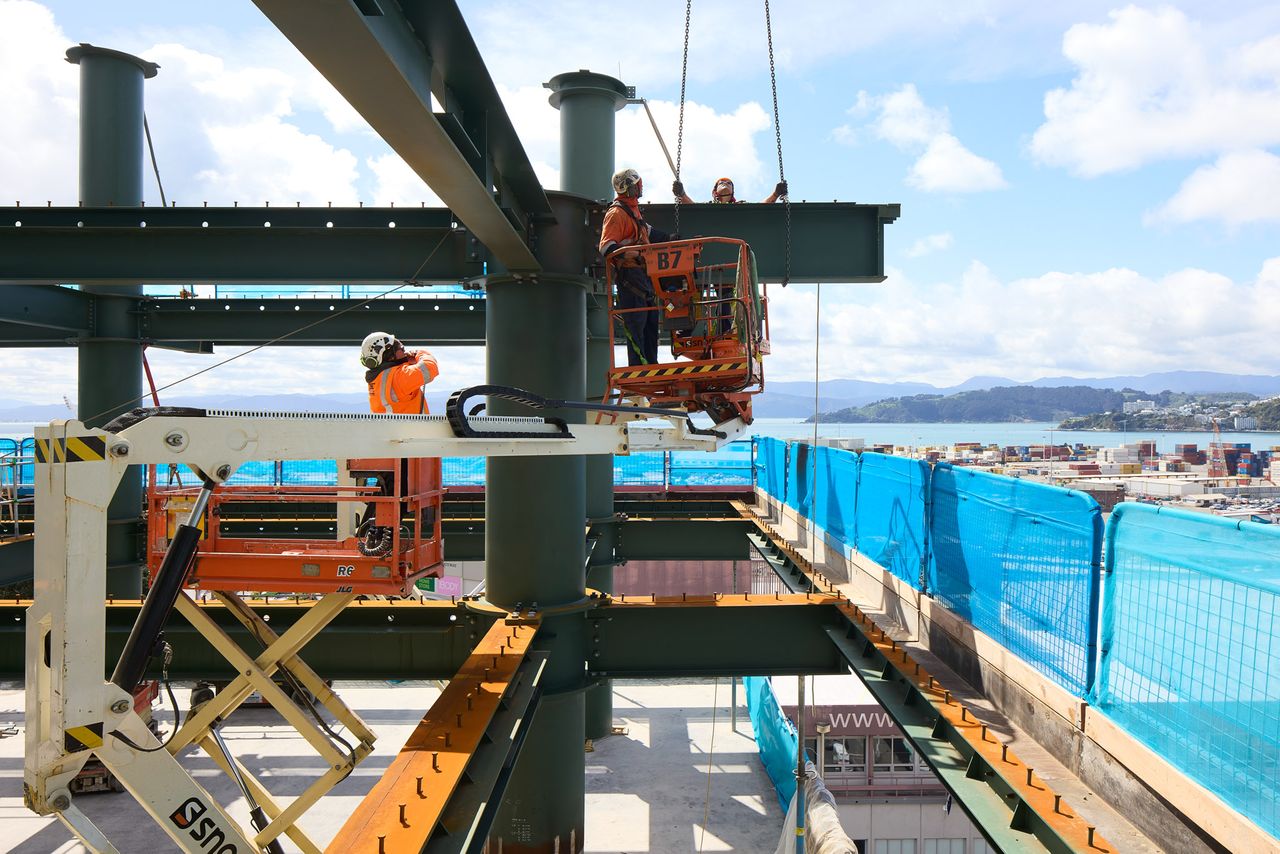News & Insights
New Zealand, we need to get our infrastructure priorities straight.
Author
Date
- 2024 August

Industry has cried out for an infrastructure strategy and pipeline for over a decade - through the work of the NZ Infrastructure Commission, we are about to get one. But will the pipeline truly reflect New Zealand’s priorities?
There is a growing list of infrastructure projects in the pipeline. However, without some way of sifting and sorting this list into priorities, it risks being just a Christmas Wishlist driven by who shouts the loudest rather than what builds upon and delivers real value for New Zealanders.
We also know the high cost. As of March 2024, some $121.8 billion1 and counting is needed to address the infrastructure deficit, and there is less money to fund this deficit. Noting that our ability to finance infrastructure investments is ultimately capped by our ability to fund repayments through user-pays, ratepayers or taxpayers (which, in most cases, are the same people). Accordingly, we need to be laser-focused on what infrastructure needs to be prioritised. We need to be smarter with our investment decisions.
Without agreement on a list of prioritised infrastructure projects, we will continue to fall back to an uncertain stop-start approach for infrastructure delivery. This comes at a cost. Analysis by Infometrics for Infrastructure New Zealand found that greater pipeline certainty would save between 13% and 26.5% on project costs, realising an additional $2.3 to $4.7 billion each year that could be spent on capital investment or other things2.
There are clear exemplars of other progressive nations successfully prioritising their infrastructure projects. Earlier this year, an Infrastructure New Zealand Delegation to Europe noted that both Ireland and Denmark prioritise infrastructure investment in the form of a long-term +10year capital plan. The Danish Infrastructure Plan 2035 “Denmark Forward” sets national and regional transport priorities through collaboration and by achieving bipartisan agreement, thereby avoiding the stop-start effect with each political cycle.
The implementation of the plan is overseen by a weekly meeting of politicians from different parties. During these meetings, they monitor the progress of the plan, make important decisions, and approve funding for projects. Once a project is approved, it is legislated, making it difficult to reverse. Even if the government changes, the plan remains the same.
Ireland monitors the implementation of its investment plan with the publication of an Investment Projects Tracker every 6-9 months. Interestingly, a construction sector group made up of representatives of key industry bodies, as well as senior representatives of relevant government departments, ensures regular open dialogue with the delivery sector to secure the skills pipeline, drive productivity improvements, improve value for money and focus on ensuring a sustainable construction industry.
The Australians have an infrastructure pipeline priority list too. For a project to be included, it must demonstrate how it directly contributes to a clear vision and agreement on what’s important. There is an opportunity for New Zealand to learn from this and focus on the infrastructure that is important to us. These insights are valuable considerations for New Zealand’s 30-year infrastructure plan, which was announced by the government in March of this year and is being crafted by the NZ Infrastructure Commission3.
New Zealand has a unique opportunity to create a long-term plan for its infrastructure needs based on evidence, collaboration, and alignment with national goals.
New Zealand needs to get its infrastructure priorities right to address the current deficit and prepare for future challenges and opportunities. But most importantly, we need consensus and agreement. We urge the Government, other political leaders and all infrastructure sector stakeholders to work together to develop a robust and transparent framework for prioritising and delivering infrastructure projects that will benefit all New Zealanders.
[1] New Zealand Infrastructure Commission (2024). How is our infrastructure tracking? Monitoring progress against New Zealand’s first Infrastructure Strategy. Wellington: New Zealand Infrastructure Commission/Te Waihanga
[2] Olsen & Glynn (2023). Estimating the Costs of an Uncertain Infrastructure Pipeline. Infometrics. https://infrastructure.org.nz/wp-content/uploads/2023/10/Infrastructure-NZ-Estimating-the-Costs-of-an-Uncertain-Infrastructure-Pipeline-Report-SINGLE-PAGES-Media-Release.pdf
[3] Bishop (2024, 26 March). Media release: Speech to the Infrastructure Funding & Financing Conference. https://www.beehive.govt.nz/speech/speech-infrastructure-funding-financing-conference



